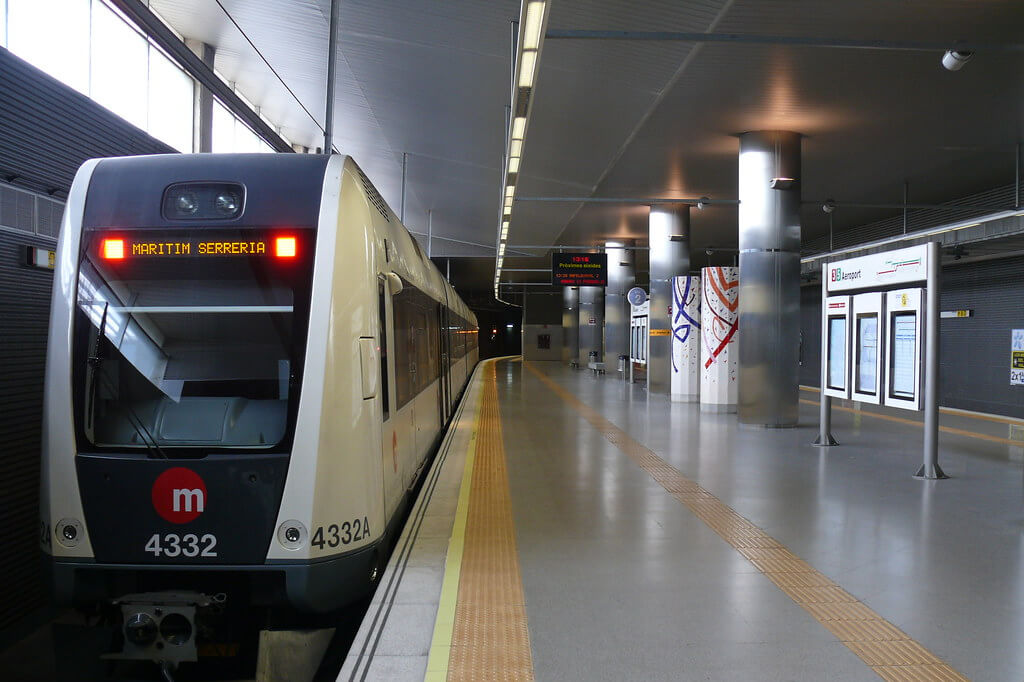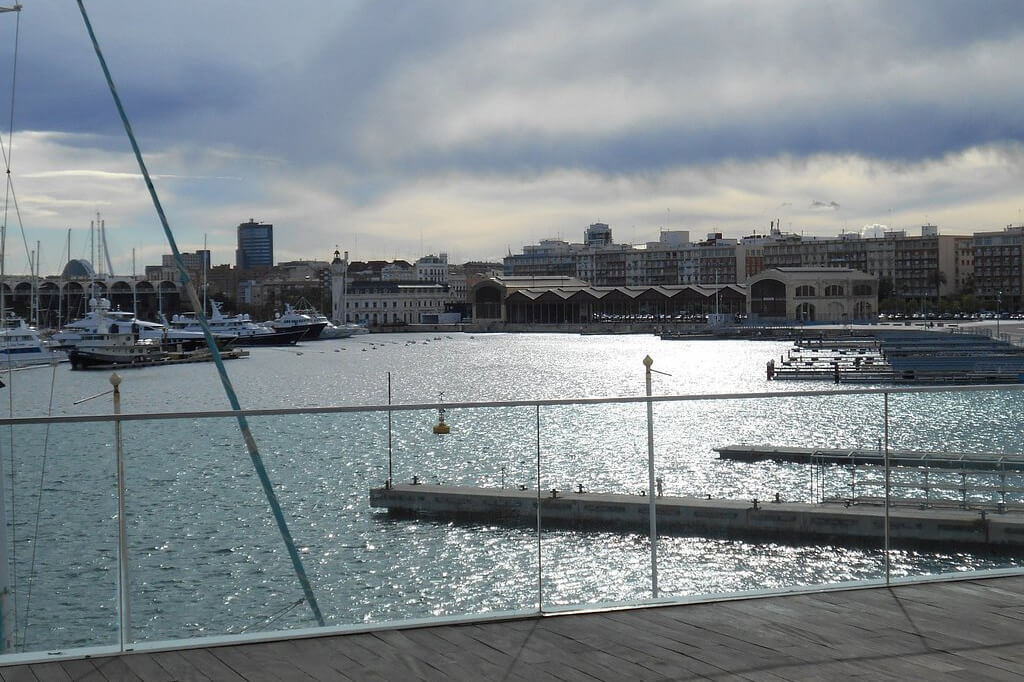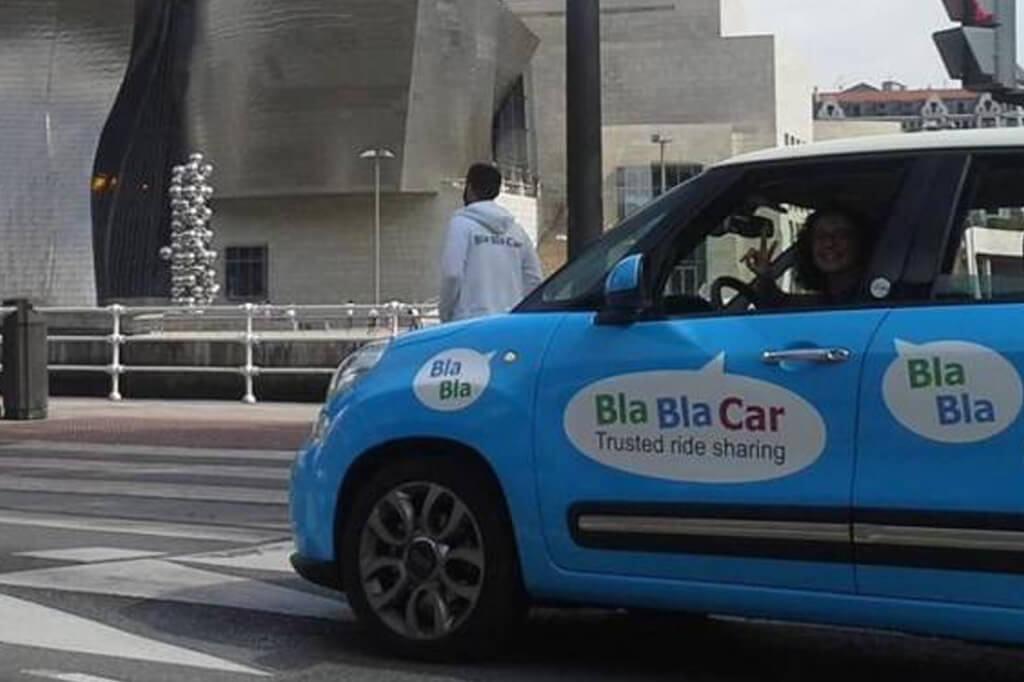Valencia, being a major Spanish city, is well-connected and easily accessible through various modes of transportation. Here are the primary ways to get to Valencia:
- By Air:
- Valencia Airport (VLC): Located about 8 km west of the city centre, Valencia Airport is the primary international gateway to the city. It serves numerous destinations across Europe and some outside the continent. From the airport, you can reach the city centre via metro, taxi, or bus.
- By Train:
- Valencia Joaquín Sorolla and Valencia Nord Stations: Valencia is well-connected to other major Spanish cities like Madrid, Barcelona, and Seville by high-speed AVE trains. The city has two main train stations, with Joaquín Sorolla serving as the primary station for high-speed and long-distance trains.

- By Bus:
- The city’s main bus station, Estación de Autobuses de Valencia, connects Valencia to other Spanish cities and some international destinations. Buses might be a slower option than trains but can be more economical, especially for short distances.
- By Car:
- Valencia is well-connected by a network of highways and roads. The A-3 highway connects Valencia to Madrid, the A-7 runs along the Mediterranean coast, and the AP-7 is the toll highway that connects Valencia to Barcelona and Alicante.

- By Sea:
- Port of Valencia: One of the largest Mediterranean ports, it serves both commercial and passenger ships. There are ferry services connecting Valencia to the Balearic Islands and some other Mediterranean destinations.
- By Bike:
- For those touring Spain or Europe by bicycle, Valencia is a bike-friendly city with many dedicated bike lanes, making it easy to enter and navigate the city on two wheels.
- By BlaBlaCar or Carpooling:
- BlaBlaCar is a popular carpooling service in Spain. It’s a convenient way to share rides with people already driving to Valencia from other parts of Spain or even from other countries.

- When planning your trip, the best mode of transportation often depends on your starting location, budget, and time constraints.
